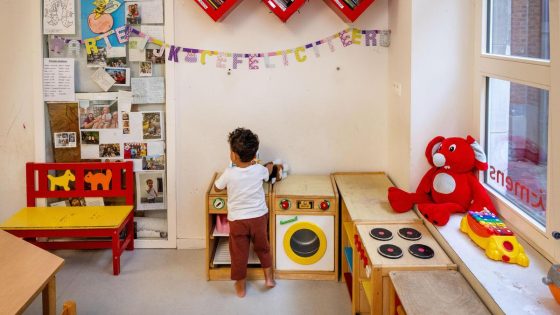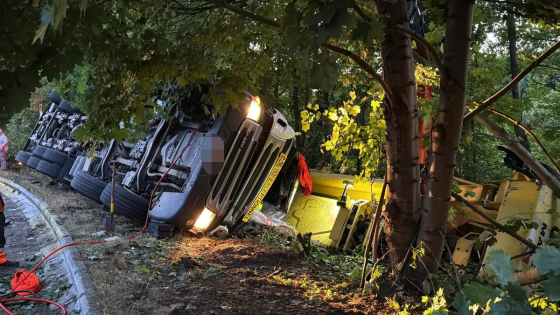Sharing your garden with neighbours can spark both joy and a bit of surprise. Garden sharing is becoming a thoughtful way to connect in Belgian communities, but how does it really work in practice? Whether it’s a trampoline, a hedge, or the harvest from your vegetable patch, opening up your green space invites new experiences—and sometimes unexpected visitors.
- Share your garden space with neighbors
- Use boundaries like wire, wall, hedge
- Consider a holistic approach like cats
- Share lawn, harvest, clippers, trampoline
- Gain more than just physical space
- Collect and share neighborly garden stories
On 2025-07-09 23:59:00, many will reflect on how garden boundaries shape neighbourhood life. Is it better to mark your garden with a fence or embrace a more open, communal approach? The stories from Belgian residents reveal that sharing more than just space often means sharing trust and friendship.
But how do you manage the occasional surprise, like spotting strangers on your trampoline? Let’s explore the practical and social sides of garden sharing and see why it might be worth considering in your own neighbourhood.
Why do some people hesitate to share their garden? Is it about privacy or the fear of losing control? The experience shows that:
- Clear communication is key to setting expectations and respecting boundaries.
- Shared gardens can enhance social bonds and create a sense of belonging.
- Unexpected moments, like unknown faces on a trampoline, are part of learning to share.
- Physical markers like fences or hedges help define space but don’t replace good neighbourly relations.
As Belgian neighbourhoods evolve, embracing garden sharing could transform how we live and interact. Why not start a conversation with your neighbours today and see what grows from a shared patch of earth?

































